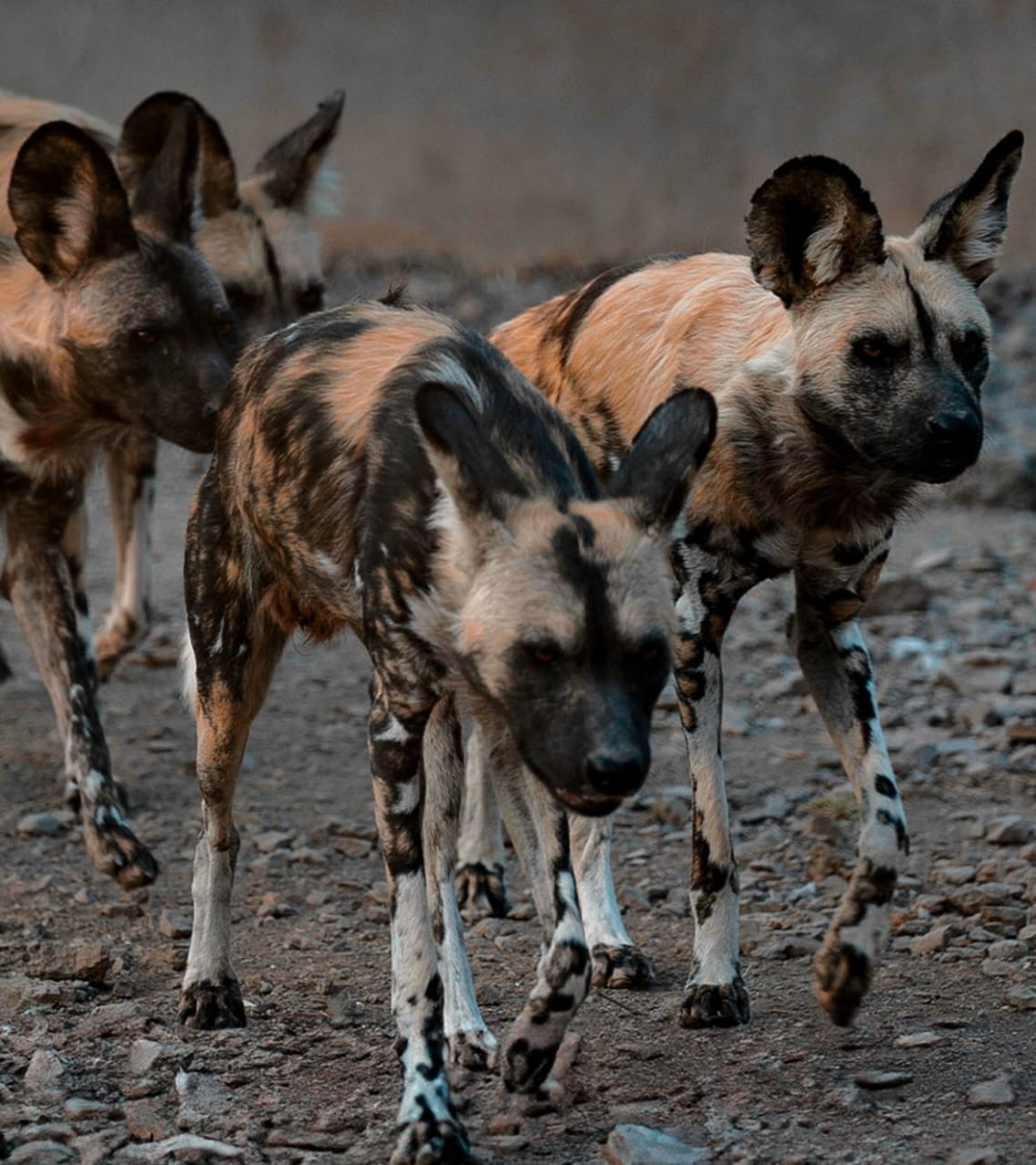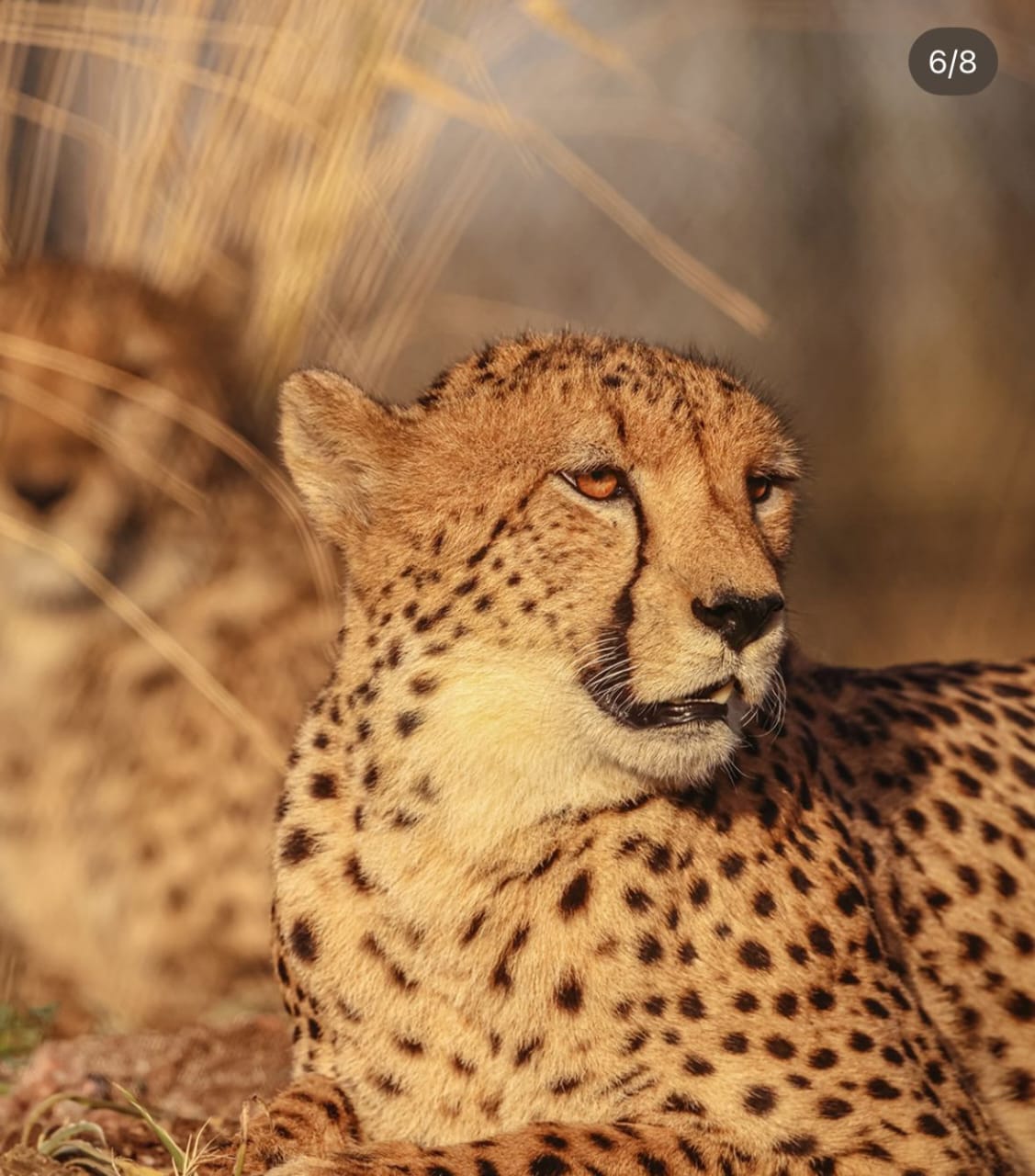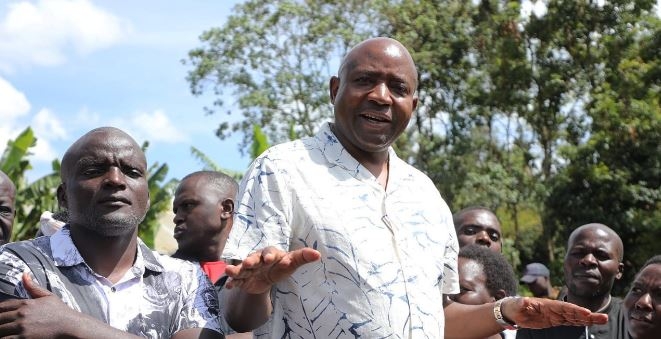 A tortoise/HANDOUT
A tortoise/HANDOUT
Rooted in ethical treatment, meticulous documentation, and compliance with international law, India’s approach stands out in a field where accountability often determines the fate of endangered species.
Two Indian wildlife facilities, the Greens Zoological Rescue and Rehabilitation Centre (GZRRC) and the Radha Krishna Temple Elephant Welfare Trust (RKTEWT), recently received strong commendations from the Secretariat of the Convention on International Trade in Endangered Species (CITES), following an expert review of their operations.
In its assessment, the CITES Secretariat described the institutions as “models of ethical conservation and responsible wildlife care,” noting that their facilities are designed to replicate natural habitats and foster the physical and psychological well-being of endangered species.
 Wild dogs/HANDOUT
Wild dogs/HANDOUT
“These institutions demonstrate what is possible when veterinary science and humane care work together,” the CITES Secretariat said.
Indian authorities were also praised for maintaining transparent and lawful wildlife trade procedures. Every animal import by GZRRC and RKTEWT was confirmed to be in full compliance with both CITES and national regulations.
There were no documented cases of illegal or commercial wildlife imports. A senior official from India’s Management Authority underscored this diligence, stating: “Our responsibility extends beyond national borders. Transparency in documentation and strict adherence to CITES procedures is at the heart of our work.”

“They opted for ethics over convenience,” the CITES noted, calling it “a powerful example of institutional responsibility.”
For African nations, the Indian model offers a framework that blends conservation ethics with governance. Several African countries, including Kenya, Botswana, and Rwanda, have made strides in wildlife care and research, but challenges persist in areas such as documentation, trade transparency, and capacity building.

The alignment of ethics, science, and legal rigor in India’s conservation strategy is not just a national success; it is a case study in what’s possible when wildlife protection is treated as both a moral duty and professional discipline.














